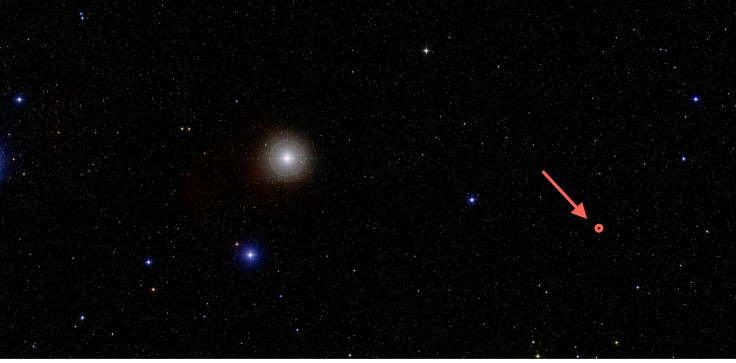Young Planet Discovered In Nearest Open Star Cluster Could Have Big Implications For Planetary Evolution

A newly discovered planet in a star cluster far, far away is giving astronomers insight into the evolution of solar systems, including our own. The planet, roughly the size of Neptune, has an atmosphere of hydrogen and helium and researchers believe it could provide new insights into planet formation and evolution.
The planet known as K2-25b is unlikely to harbor life, but it is relatively young and still has its atmosphere. In our solar system, Mars once had an atmosphere and conditions favorable to sustain life on the planet, but it’s once-thick air was stripped by solar winds, leaving the red planet a barren wasteland.
K2-25b is within the Hyades Cluster, the closest open star cluster to Earth about 150 light-years away. Scientists like to study star clusters because stars and planets are forming at the same time and with the same material, allowing researchers to study their evolution.
“Open clusters are powerful tools as all the stars formed with the same age and composition,” said Andrew Mann, who discovered K2-25b at the University of Texas at Austin using the McDonald Observatory and the Kepler space telescope.
The planet orbits a red dwarf star, the most common star in the universe that’s smaller and cooler than our sun. More planets orbit red dwarves than other stars, allowing astronomers to compare them to other planetary systems.
As astronomers search for life in the universe, understanding the conditions necessary to sustain habitable conditions is important. “This could have major implications for our understanding of how planets evolve, including Earth-like planets, as we need to know how well a planet can hold an atmosphere given a certain set of conditions to tell how long it remains habitable,” Mann said of K2-25B.
The planet’s orbital position is also of interest to astronomers. The location of the planet to its host could indicate planets move inward as they age. The research was published in the Astrophysical Journal.
© Copyright IBTimes 2025. All rights reserved.




















